Advanced Color Correction with Levels Photoshop Tutorial

Fix photo contrast and color with eyedroppers in Photoshop
There is a great way to correct dull photos in Photoshop using levels and the eyedroppers. This works really well for photos that are lacking in contrast or have a color cast. This rings true for scans from film, shooting in haze or fog and also works well when shooting a back lit object that get softening of contrast because of lens flaring.
This photo is an image that I snapped during a trip to the amazing city of Hong Kong. As you can see, the image is lacking a bit of contrast and also has a slight color cast to it.
It’s really not that bad (or is it?), but just looks somewhat dirty. You will soon see a huge difference in image quality.
Calibrating your eye droppers
Before we make any adjustments, we need to set some defaults in the eyedropper tool to prevent the photos from looking too dark and to bright.
We are now going to set the black and white points in the levels settings.
Add a levels Adjustment layer
In the Levels dialog box double click the Set Black Point tool as shown at left.
will see a color picker. Change the setting under “B” to 5, as shown at left (this sets the black point to 95% black). Click OK.
click the Set White Point tool, which is the white eyedropper. In the color picker enter 95 into the “B” setting as shown. The white point is now set to 95% white. You will see a dialog box asking to set new defaults. Click yes to accept these changes.
Adjusting images using the eyedroppers Step 1
Finding shadows. We are now ready to perform the image correction. What we are going to do is click the Set Black Point tool in the darkest part of the image and the Set White Point tool in the lightest part. Locate the darkest part of the image. Hold down the Alt (Option on Mac) key and as you move the shadow slider to the right, the image should turn white. As you move the slider you will see some areas start to show through. This is the Black Point threshold, as shown at left. The areas that start to show are the darkest areas of the image.
Step 2
Adjusting the shadows.Take note of where the dark portions of the image are on the threshold and return the slider to the far left. Choose the Set Black Point tool and click on the darkest portion of the image in the main image window as shown at left. The image will be shifted and the area we clicked on will now be set to the 95% black that we selected earlier.
Step 3
Finding highlights. Hold down the Alt (Option on Mac) key and move the right slider to the left to reveal the whitest point of the image. The image will begin as black and the highlight areas will show through as shown in the illustration.
Step 4
Adjusting highlights. Choose the Set White Point Eyedropper tool from the Levels palette. Click on the whitest area of the image as shown at left, the lightness of the image will be adjusted to match.
Step 5
Setting the Gray point. The tonal qualities of the image will be looking much better now and the color cast will be reduced a bit. Now to totally remove the color cast. Choose the Set Gray Point eyedropper from the Levels dialog box. When we click on the image with this tool it will choose the selected area as the gray point of the image and balance all the color to match. Click on a portion of the image that should be a neutral gray, such as the small tower in the illustration. The colors will shift; if you are not happy, keep experimenting by clicking the Set Gray Point tool in different parts of the image.
When you are happy with the result, click OK to apply the Levels to the image. You have now learned how to use the Levels tool correctly. It may seem like a lot to do, but with some practice you can perform this entire correction in under a minute. The illustration below shows the final corrected image, a vast improvement from the original.

See you at the café: photoshopcafe.com
Colin
PS Don’t forget to follow us on Social Media for more tips.. (I've been posting some fun Instagram and Facebook Stories lately)
You can get my free Layer Blending modes ebook along with dozens of exclusive Photoshop Goodies here

One thought on “Advanced Color Correction with Levels Photoshop Tutorial”
Leave a Reply
How to make Mini people in photoshop. Learn how to make people look really tiny in this easy step by...
Bend anything In Photoshop easily, using the puppet Warp tool. Photoshop puppet warp tutorial.
In this Photoshop Tutorial we are going to create a photorealistic brick wall. First we will make the brick pattern,...







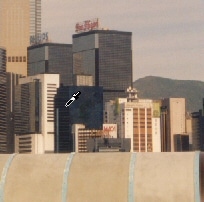
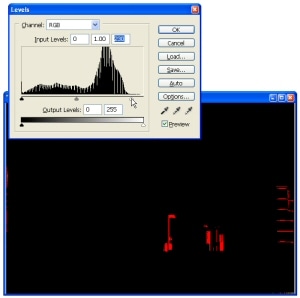
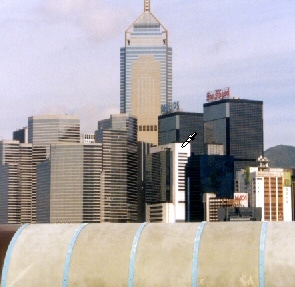







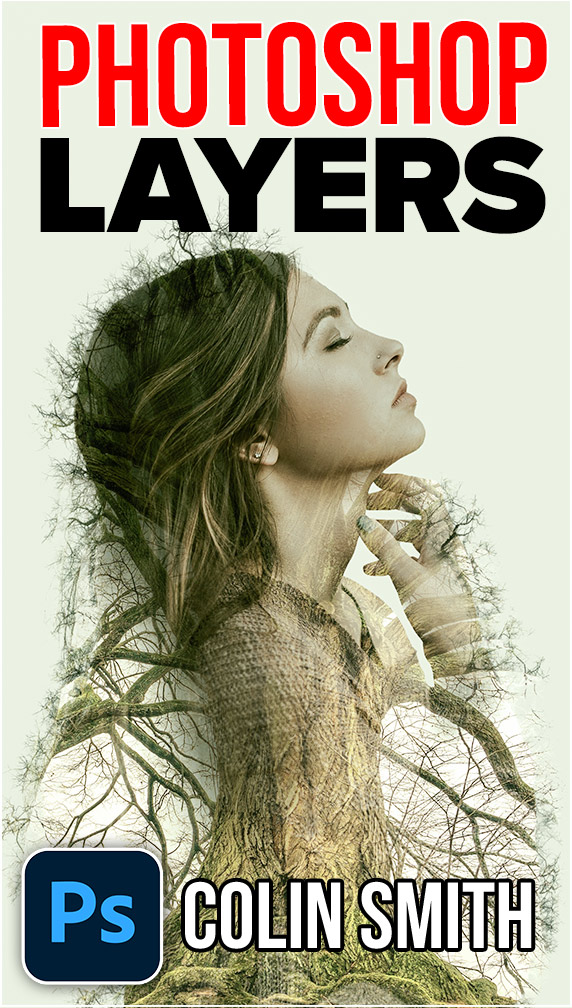




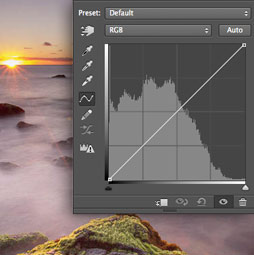
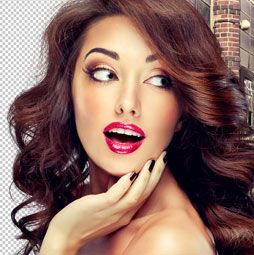
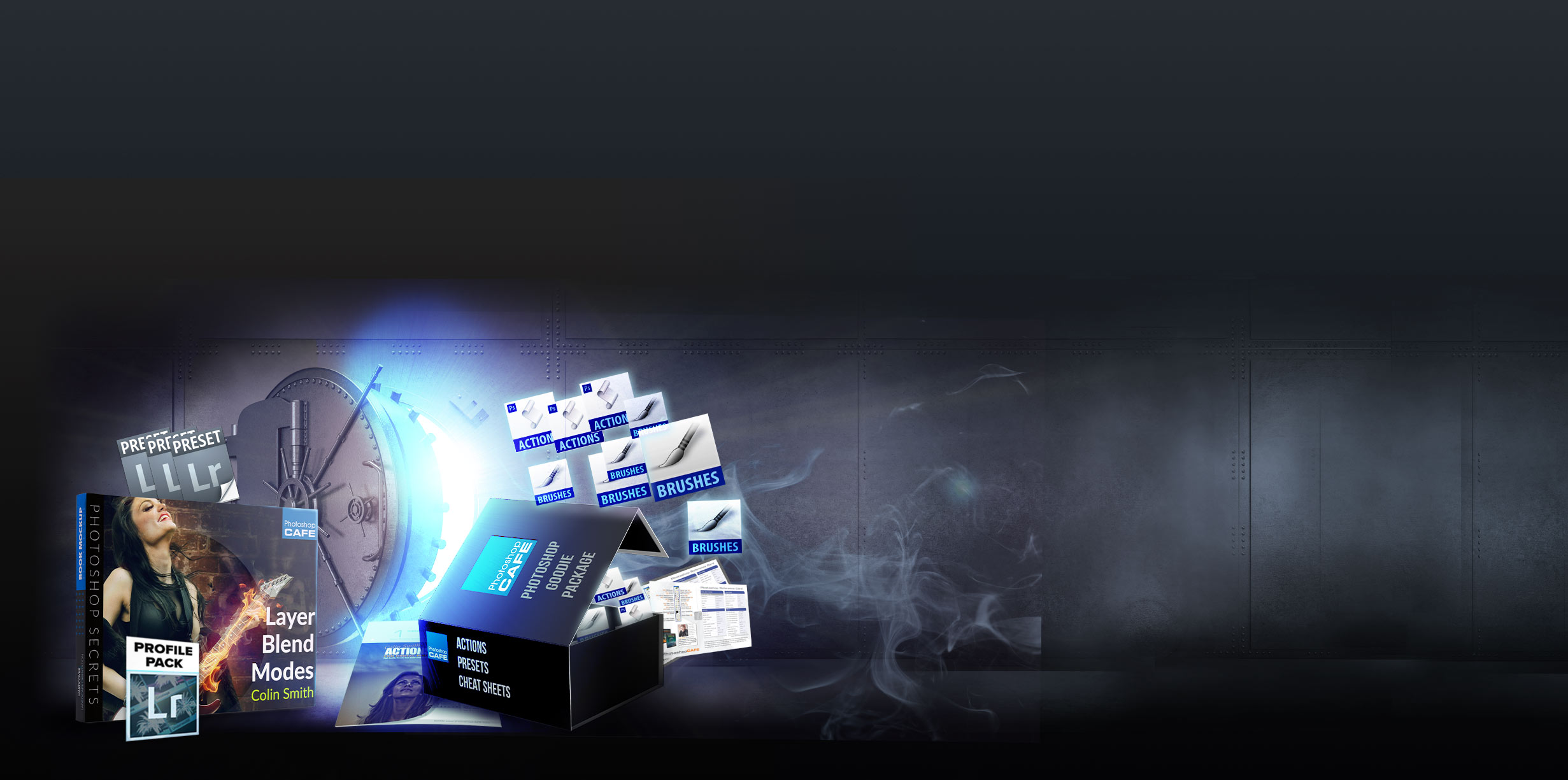
color correction is very important things i love it.